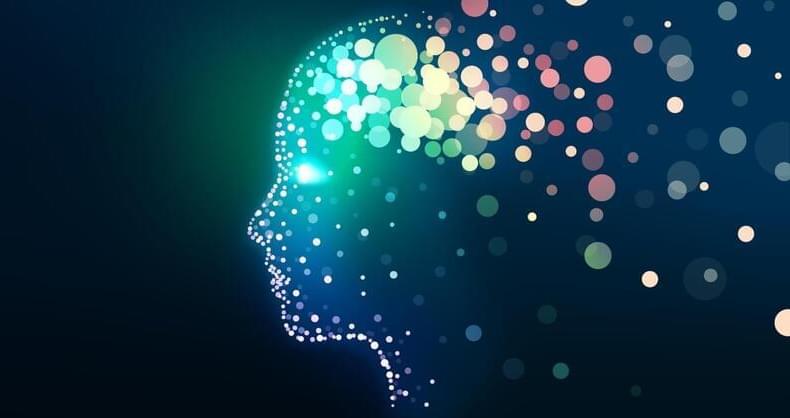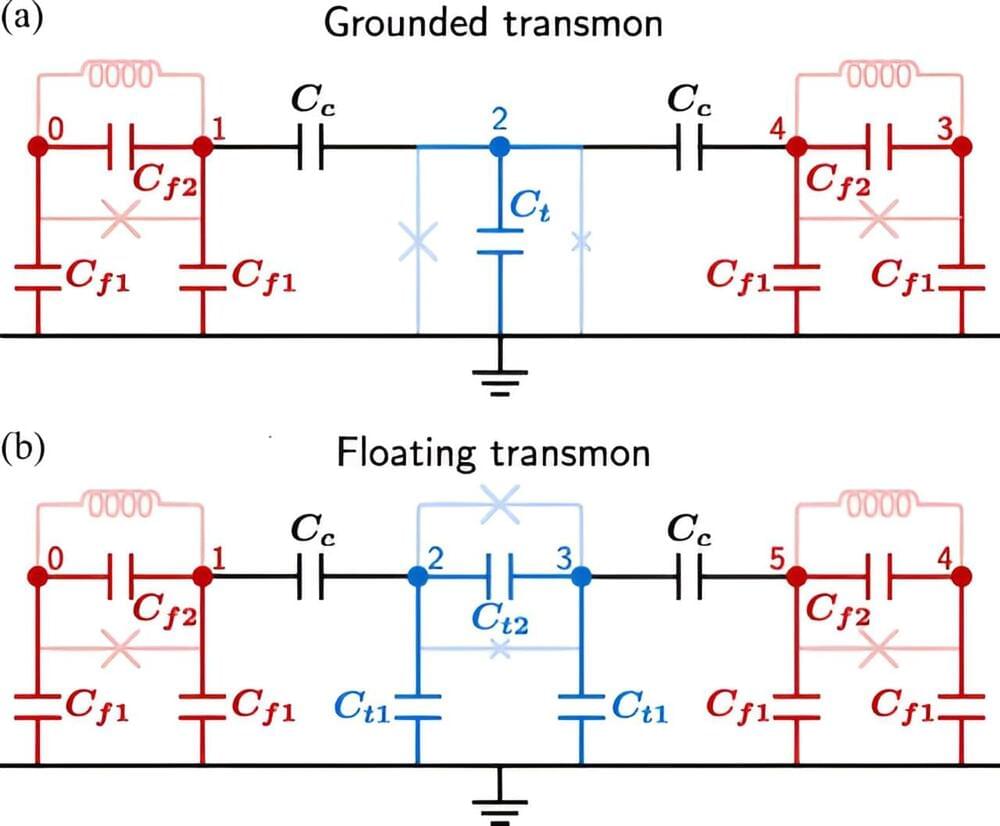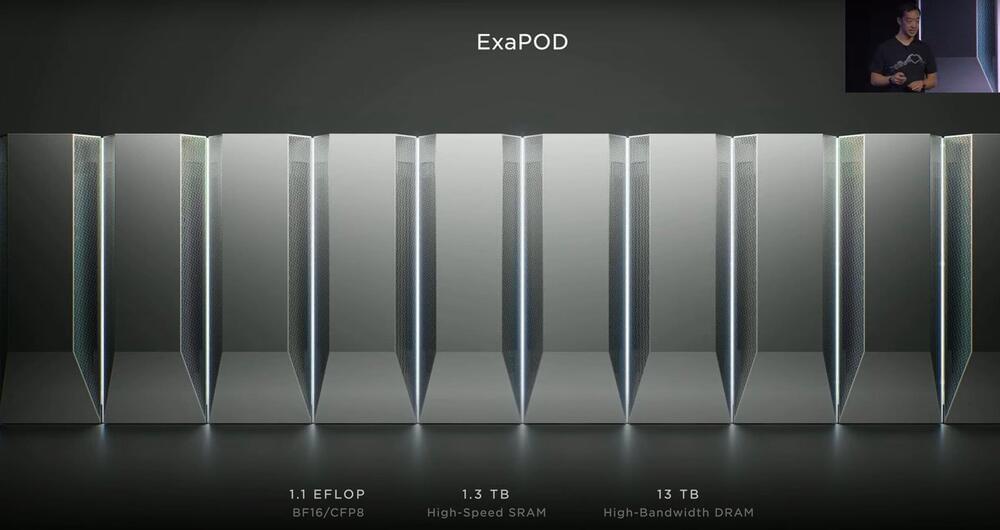While the Quantum Computer race is heating up with companies such as Atlantic Quantum Innovations joining the race, Google has published a plan to make Quantum Computers usable for everyday consumers by 2029. This is in hopes of revolutionizing Healthcare, finding room temperature superconductors, enabling with like artificial general intelligence through quantum AI and increasing supercomputer performance a million times. In this video, we’re exploring all of these secret projects and other Quantum Computing Companies.
–
TIMESTAMPS:
00:00 CPU’s, GPU’s and now QPU’s.
01:14 Google’s Secret Project.
04:36 Other Quantum Computer Companies.
07:17 Fastest Quantum Computer today.
–
#google #quantum #future









